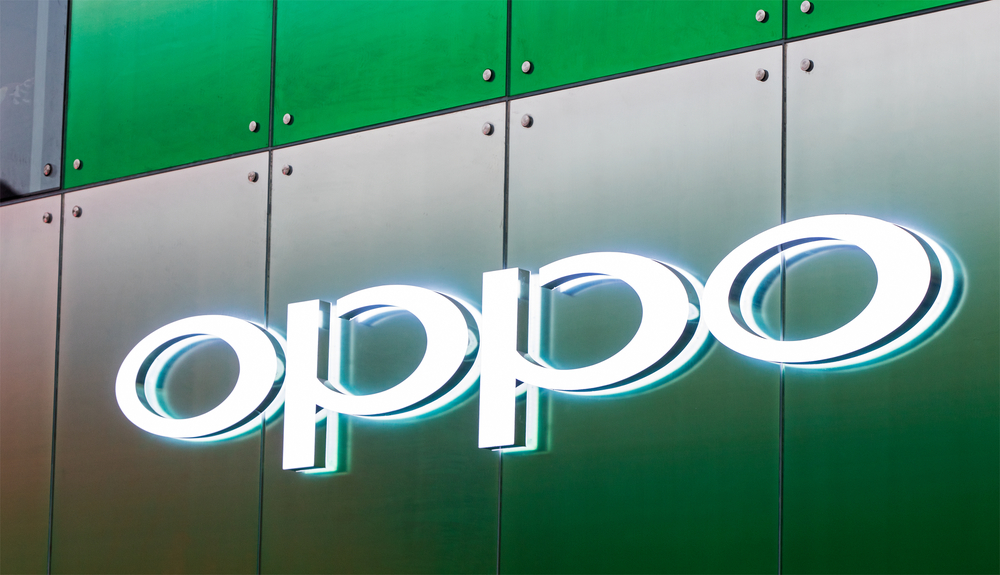Oppo, the world’s fifth-largest smartphone vendor, plans to launch its own short video platform later this year, betting on the company’s hundreds of millions of users to drive its expansion into online services.
“Other than hardware products, we also aim to provide services to consumers,” Jimmy Yi, president of Oppo Asia-Pacific, said in a videoconference interview earlier this month. He indicated that the company has already started offering an app store, gaming centre and browser service in some markets outside China, like Indonesia.
“We’re about to launch our short video service in the second half of this year,” Yi told the South China Morning Post. No details were provided because the initiative has just started, but Yi said: “Internet services will be important to our business … as 5G [network roll-out around the world] continues to develop.”
Oppo is likely to be the first major smartphone vendor to offer its own short video service, as a built-in app on its devices, to consumers worldwide. Chinese Android smartphone makers Huawei Technologies and Vivo do not have similar plans, according to separate comments made by their representatives to the Post last week.
The timing of Oppo’s launch comes as TikTok, the world’s most popular short video platform, finds itself in a legal battle against the Trump administration, which has pressured app owner ByteDance to sell its US operations over national security concerns.
With TikTok in the crosshairs of Washington, a number of rival services could be jockeying for position to replace the Chinese app in various overseas markets, such as India and the US, where it has become widely popular. These other platforms include Byte, Likee and Triller, the latter of which US President Donald Trump’s campaign posted a 15-second video last week.
Oppo has the scale to bring its own short video service to its user base and optimized for its smartphones, according to Neil Shah, partner and vice-president at Counterpoint Research.
“Oppo is one of the top five brands in the smartphone industry and has close to 350 million active users globally,” Shah said. “This could be a way for Oppo to drive stickiness within its user base, especially since some major economies are looking to ban TikTok.”
Research firms Counterpoint, International Data Corp, and Canalys each ranked Oppo as the world’s fifth-largest smartphone vendor in the second quarter, with a global market share of around 9%. It ranked behind Huawei, Samsung Electronics, Apple, and Xiaomi Corp.
“I believe Xiaomi is the only [Android smartphone] brand that has a services strategy and would come close to launching a similar [short video] service,” Shah said.
Still, he indicated that Oppo “at some point” can make its short video service “a more horizontal platform and promote it on other devices”.
Outside the Android market, Apple is the prime example of a smartphone vendor that has become a major international player in online services. Sales in Apple’s services segment, which includes offerings such as iCloud and Apple Music, rose 14.8% to USD 13.16 billion in the June quarter.
Based in Dongguan in southern Guangdong province, Oppo was founded in 2004 by Tony Chen Mingyong, who is also its chief executive, as a subsidiary of privately held BBK Electronics Corp.
Parent BBK, founded by Chinese billionaire entrepreneur Duan Yongping, is also behind sister smartphone brand Vivo as well as recently established Android device vendors OnePlus and RealMe.In December last year, Oppo’s Chen said the company will invest about USD 7 billion in research and development between 2020 and 2022 to meet requirements of 5G network roll-outs worldwide.
“The arrival of the 5G era is bound to set off a new information revolution, which will become a major business opportunity for Oppo and its business partners from all industries worldwide,” Chen said in a speech at Oppo’s Inno Day event in December.
The company’s huge research and development budget will support various initiatives including 5G, artificial intelligence, augmented reality, big data and design of its own chipsets, as well as diversification into other smart devices and online services.
Yi, of Oppo Asia-Pacific, said the company’s research and development investments in the past few years were focused on developing its own Internet of Things ecosystem, which included headphones, smart watches and smart televisions.
“We also have really close collaborations with [telecommunications] carriers in many markets,” said Yi, indicating the importance of product testing with carriers and knowledge of their 5G network deployment plans.
“So far, we have entered 10 markets in the Asia-Pacific region, including those in Southeast Asia as well as Taiwan and Hong Kong,” he said. “We have also set up a lot of after-sales service centres to meet the needs of consumers.”
Large markets such as mainland China and India are covered by Oppo organizations based in those countries.
“Establishing a connected devices strategy is key for these smartphone vendors to scale their business,” Counterpoint’s Shah said. “It not only gives them more advantage when it comes to buying components, but also enables them to have a more horizontal software and services strategy across all devices to maximize revenue opportunities.” Oppo, Huawei and Xiaomi currently stand out among Chinese smartphone vendors in “providing consumers a connected experience”, he said.
Oppo has already launched its flagship 5G products, the Find X2 and Find X2 Pro, in the Asia-Pacific region in March and plans to release mid-priced 5G devices in the fourth quarter this year, according to the company.
“We kept launching new products even during [the height of the] pandemic because consumers have more need to socialize and work online,” Yi said. He indicated that short video services have become “really important, especially with young consumers”, which is why Oppo is launching its own to meet increased demand worldwide in the 5G era.
